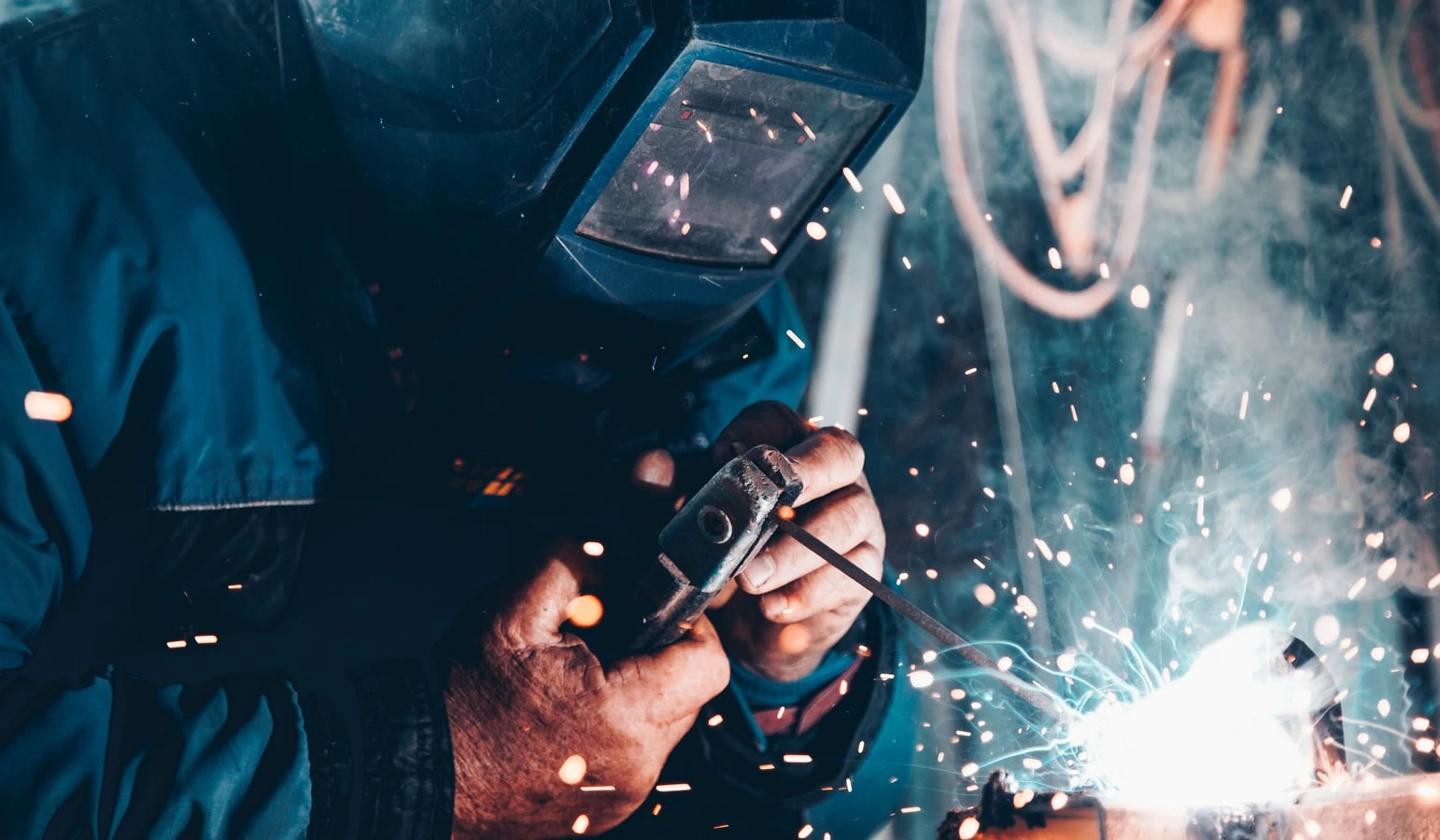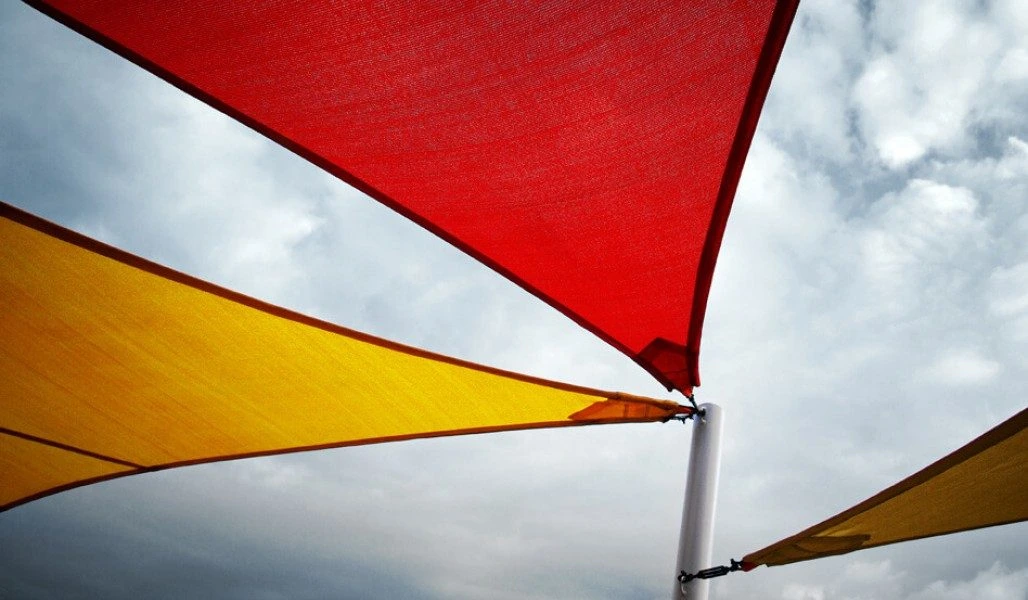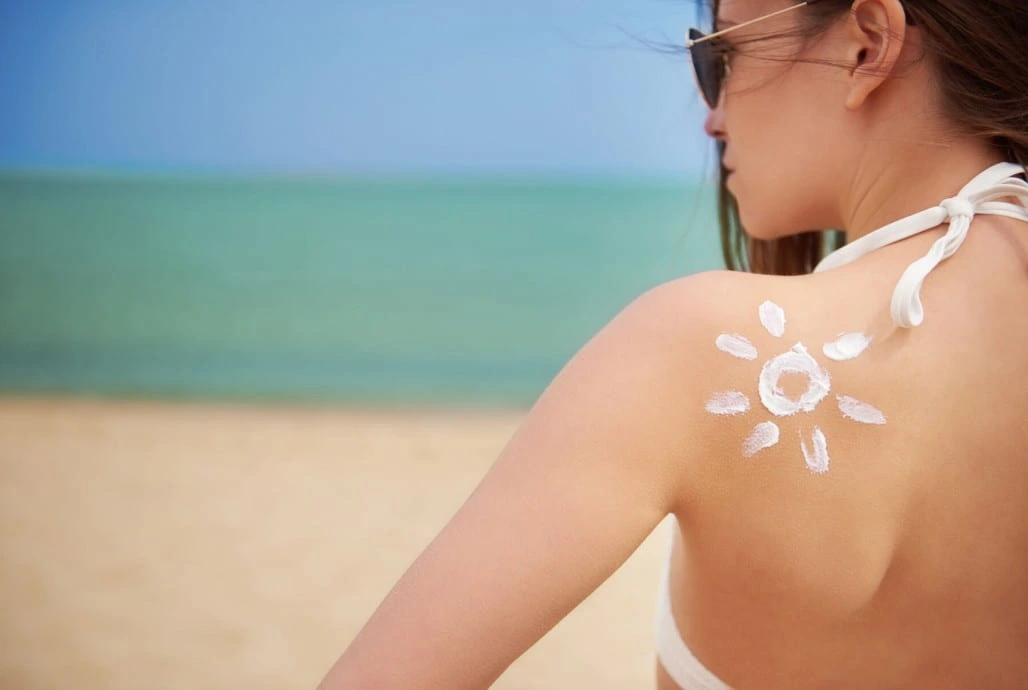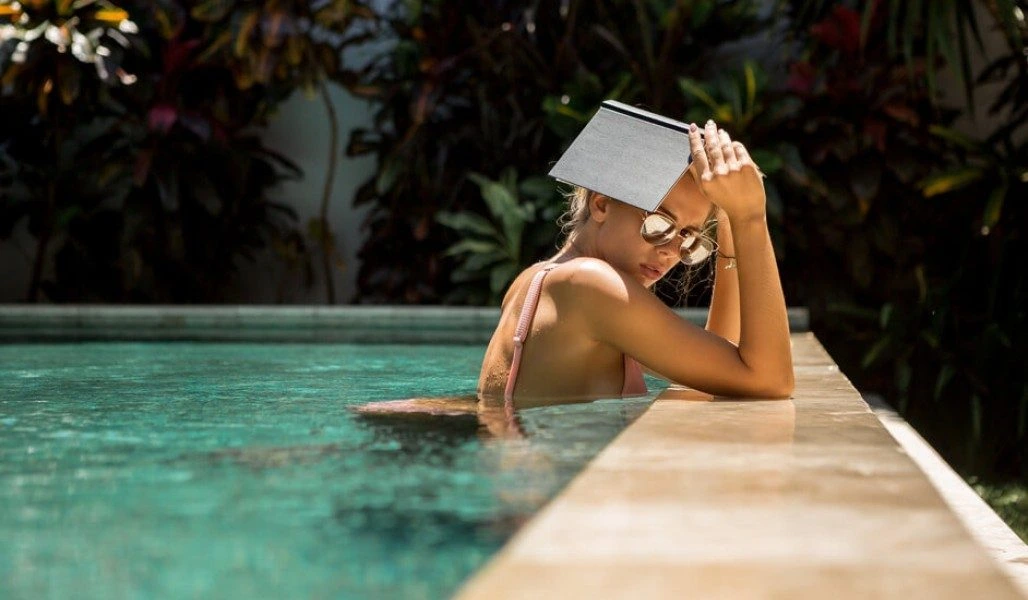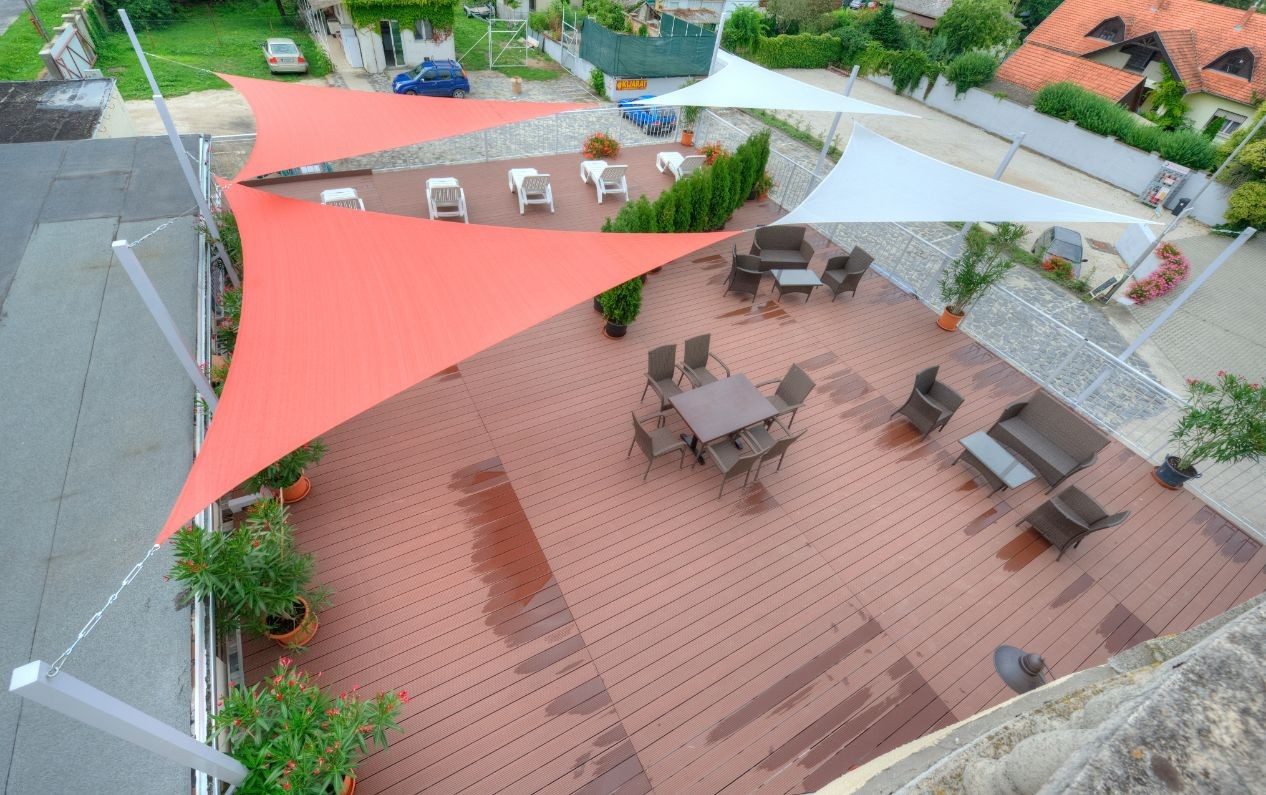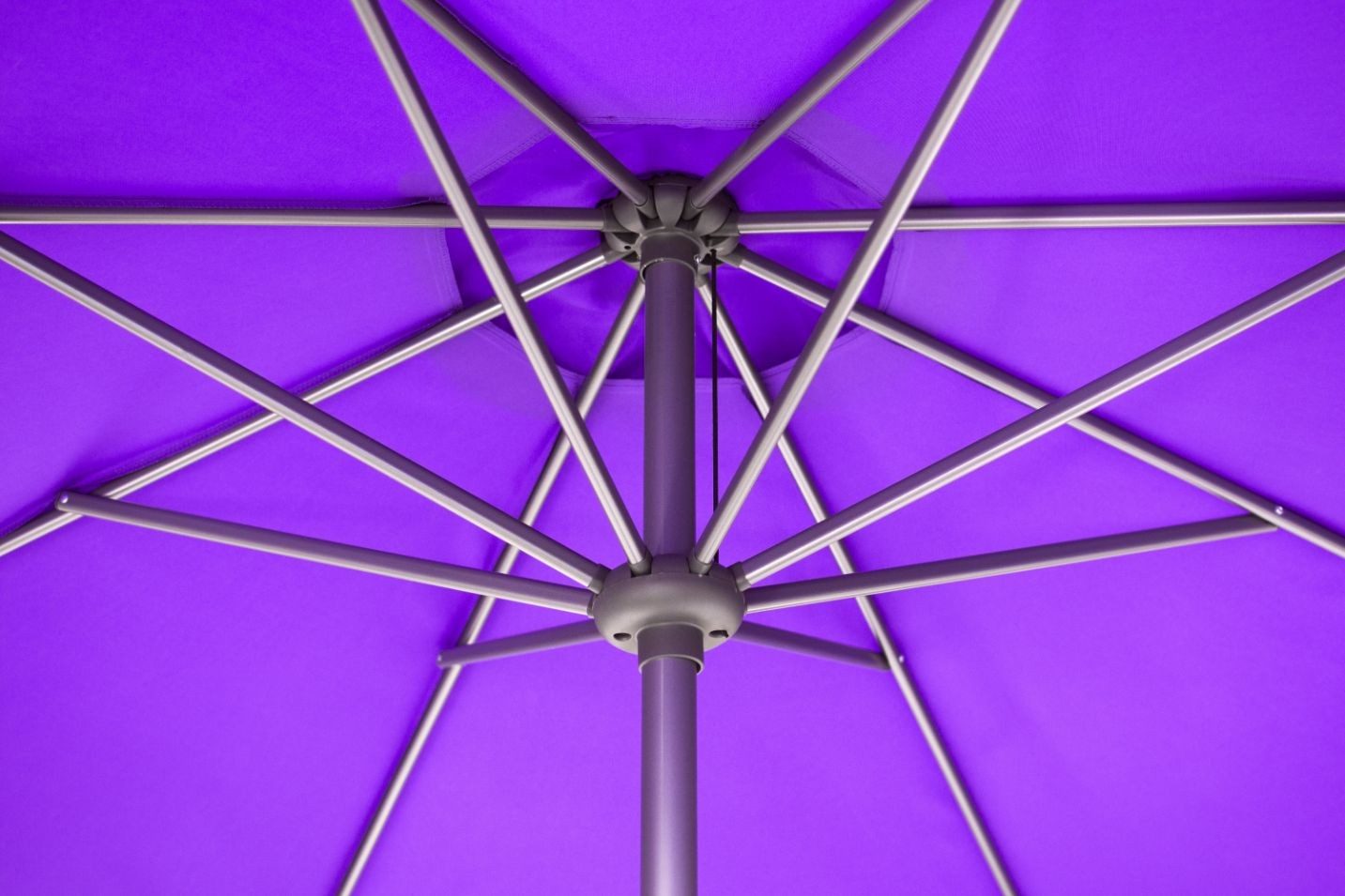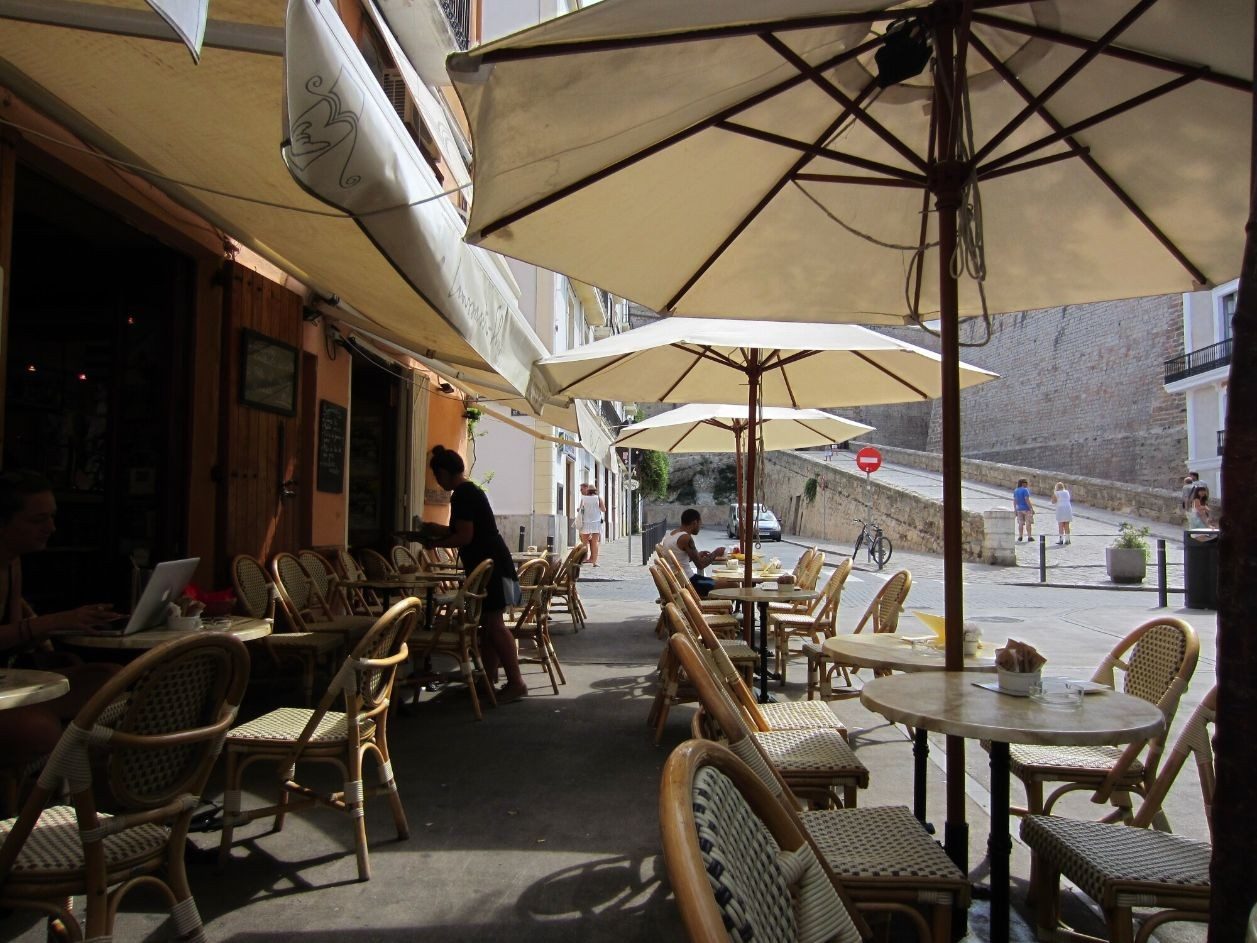From accidental falls to toxic gases, there’s no shortage of workplace hazards for workers across the country. But did you know that the
most dangerous hazard of all could be shining down on you every day?
Each year, nearly 5 million people are treated for skin cancer.
Those who are employed in outdoor work are even more at risk. Even on cloudy days, they’re constantly bombarded by ultraviolet (UV) rays.
It’s not just cancer you have to worry about. Sun exposure can cause a variety of both short-term and long-term health issues.
Here’s exactly why you need to protect your workers from the sun—and how you can best shield them from the consequences.

Why You Need to Protect Your Workers From the Sun
There are thousands of workplace hazards to keep track of, but sun damage is one of the most prevalent. In the workplace, sun exposure leads
to cancer risk more than exposure to asbestos, diesel engine exhaust, and crystalline silica combined.
A high number of workers are exposed to the sun each year—and when they are exposed, they tend to be exposed at high levels with little in
the way of protection.
In many workplace settings, the risk can be magnified by other conditions. For example, the sun can hit reflective surfaces like concrete or
metal, thereby increasing total sun exposure. In addition, working in the sun produces sweat, which increases the skin’s photosensitivity
and risk for damage.
The good news is that skin cancer and other sun damage is easy to prevent, as long as the right safety measures are taken. With the right
sun safety strategies, you can keep your workers safe from the sun.
Best Sun Protection Strategies for Outdoor Work
The key to protecting outdoor workers from sun damage is to limit their exposure to both the sun and UV radiation. Take the following steps
to protect your workers from all forms of sun damage.
1. Wear Protective Clothing
One of the best ways to protect your workers from UV rays is to provide clothing that covers the skin as much as possible.
When assessing uniforms, be sure that employees are wearing long sleeve pants and shirts, or a similarly constructed jumpsuit. The best UV
protection comes from material that is closely-knit.
Another option to consider is clothes that are treated with a chemical or dye that can block out UV light. These specially treated clothes
offer great protection alongside a lightweight design, which can provide an SPF of 50 or higher.
Your uniforms should also include gloves. Not only do they provide you with protection from typical cuts and abrasions, but they’ll also
keep your employees’ hands protected from the sun as well.
2. Use Protective HeadGear
Helmets and hard hats are common in outdoor workplaces like construction sites. Beyond protecting a worker’s head against injury, the right
headgear can offer protection from the sun as well.
When assessing safety helmets or hats used on the job, ensure the headgear has a long brim to protect from the sun. There are also
accessories that can be fitted underneath a hard hat to provide protection for the face, ears, and neck.

3. Provide Quality Shade
Whenever possible, you should provide shade around the work area. For example, building shade—like an
umbrella, gazebo, tent, or shelter—can allow workers to take lunch breaks in a shaded area. These areas can also provide shade while workers
hold meetings, prepare tools or mix materials.
While a permanent umbrella provides excellent shade for workers who are spending a long time working in a particular area, workers who are
moving more frequently may benefit from a portable shade umbrella. This will keep your workers cooler for longer—and keep them safe from the
effect of long-term exposure to UV rays.

4. Encourage SPF Use
Even while wearing protective clothing, employees should still be using sun protection when possible.
Distributing a broad-spectrum sunscreen with an SPF of 15 or higher can help cover parts of the skin that may not be protected by other
equipment—especially the face, ears, neck, and hands. Provide sufficient breaks to allow workers to reapply sunscreen throughout their
shifts.

5. Modify the Work Schedule
Outdoor workers are often at the most risk due to the fact that they’re working during the day, which is when heat and sun exposure are at
their peak. Modifying the work schedule can help you minimize these risks.
UV rays are the strongest:
- From 10 a.m. to 4 p.m., especially around midday
- Closer to the equator
- During the summer months
- At high altitudes
If you’re able to schedule outdoor work in the early morning or closer to the evening, you should do so. You can also rotate workers more
frequently between tasks to reduce their exposure. Check the UV
index to
keep an eye on the risk level at your work site.

6. Teach Sun Safety
Implementing policies that prioritize sun safety can help lower risk. But your workers should also be aware of this risk and taking steps on
their own to ensure they’re protected.
Include information about sun safety in orientation or workplace wellness programs. Encourage outdoors workers to keep themselves safe by
applying sunscreen. To avoid incidents of heat exhaustion or illness, teach employees the symptoms and early signs of overexposure.

The Bottom Line
While employees who do outdoor work are often at the highest risk of extreme UV exposure, it’s possible to keep them well protected.
To keep your workers safe, implement a comprehensive sun safety program that addresses training, prevention, safety strategies, and first
aid in case an injury occurs.
Looking for commercial shade solutions to best protect your workers? Let us help you find the perfect solution for your business. Contact
us to
learn more about what we offer.
Please note the contents of this post is information only and general in nature.
If you require advice it is best to contact one of our shade specialists who can review your particular circumstances and then provide
tailored advice according to your needs.

_1825x824c.webp)
